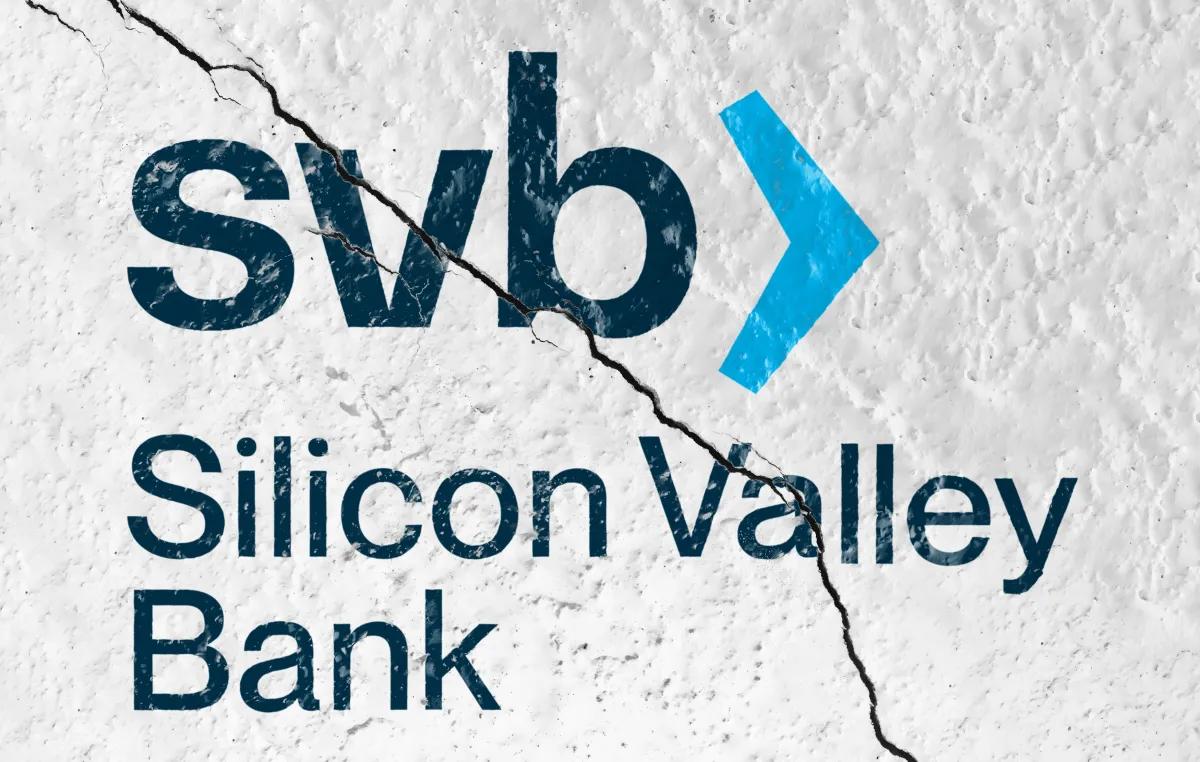Has the SVB Failure Changed the Financial Landscape?
The Silicon Valley Bank (SVB) failure was a significant event expected to significantly alter the global financial landscape. However, research by Sunway University's Associate Professor Dr Zaheer Anwer and colleagues has unveiled a surprising trend in the reactions of major international asset classes. Except for US Treasury Bills and Gold, most asset classes exhibited no significant response to the SVB collapse. This finding has raised some intriguing questions about the dynamics of financial markets and investor behaviour during times of crisis.
The SVB's demise marked a critical moment in the global financial landscape, comparable in scale to the 2008 Global Financial Crisis. The collapse was triggered by several events, including a sharp devaluation of its long-term US bond holdings and growing pressure from depositors looking to withdraw their funds. These factors resulted from an interest rate hike initiated by the Federal Reserve (FED) in the preceding year. This confluence of factors ultimately pushed SVB into bankruptcy.
The "flight to safety" phenomenon is well-documented, as investors seek refuge in low-risk or safe-haven assets during market turmoil. This behaviour has been evident in various crises, including the COVID-19 pandemic, geopolitical conflicts, and recent financial institution collapses, such as the FTX collapse. This study hypothesised that the SVB failure could trigger a flight to safety, prompting investors to reallocate their assets to safer options within our selected sample.
The study’s asset selection aimed to capture the diversity of options available to investors during crises. The Standard and Poor's 500 represented a diversified equity portfolio, while Silver and Gold catered to those inclined toward precious metals as a safe haven. Sustainable assets were represented by the FTSE4Good Global 100 Index and S&P Global Clean Energy Index, appealing to socially responsible investors. The US Dollar (USD) was included for its liquidity, US Treasury Bills for their traditional low-risk profile, and cryptocurrencies (Bitcoin and Ethereum) for investors inclined toward higher risk. Finally, Crude Oil was added to account for commodities often perceived as safe havens during market turmoil.
The primary analytical approach in this study utilised an event study methodology to gauge the reactions of these diverse asset classes to the SVB failure. The event day revealed a stark contrast in investor behaviour. Gold saw a significant positive response, signalling its role as a safe haven. In contrast, US Treasury Bills experienced a notable negative impact, attributed to investor uncertainty regarding the FED's stance on interest rate hikes.
Net Total Directional Connectedness (NTDC) analysis using a time-varying parameter vector autoregressive (TVP-VAR) model was employed to bolster the robustness of the study's findings. The NTDC results aligned with the event study outcomes, reinforcing that Gold functioned as a safe haven while US Treasury Bills suffered due to heightened uncertainty about FED actions.
There are two key contributions from this research. First, it reaffirms Gold's safe haven status, offering practical guidance for investors to shield their portfolios from market turbulence. Second, it underscores that even assets typically considered low risk, such as US Treasury Bills, can face investor aversion in times of uncertainty, emphasising the need for clear communication from monetary authorities during crises.
This research provides valuable insights into how various asset classes responded to the SVB failure. While most asset classes remained resilient to the event, Gold stood out as the preferred safe haven, and US Treasury Bills faced adverse reactions due to uncertainties surrounding FED policies. These findings have significant implications for portfolio diversification and risk management strategies during times of crisis.
Associate Professor Dr Zaheer Anwer
School: Sunway Business School
Email: @email
This article has been adapted from Wajahat Azmi, Zaheer Anwer, Shujaat Naeem Azmi & Haitham Nobanee (2023), How did major global asset classes respond to Silicon Valley Bank failure? DOI: 10.1016/j.frl.2023.104123




